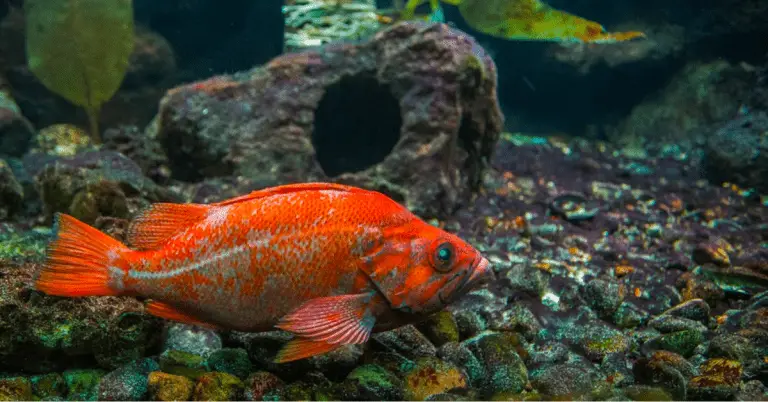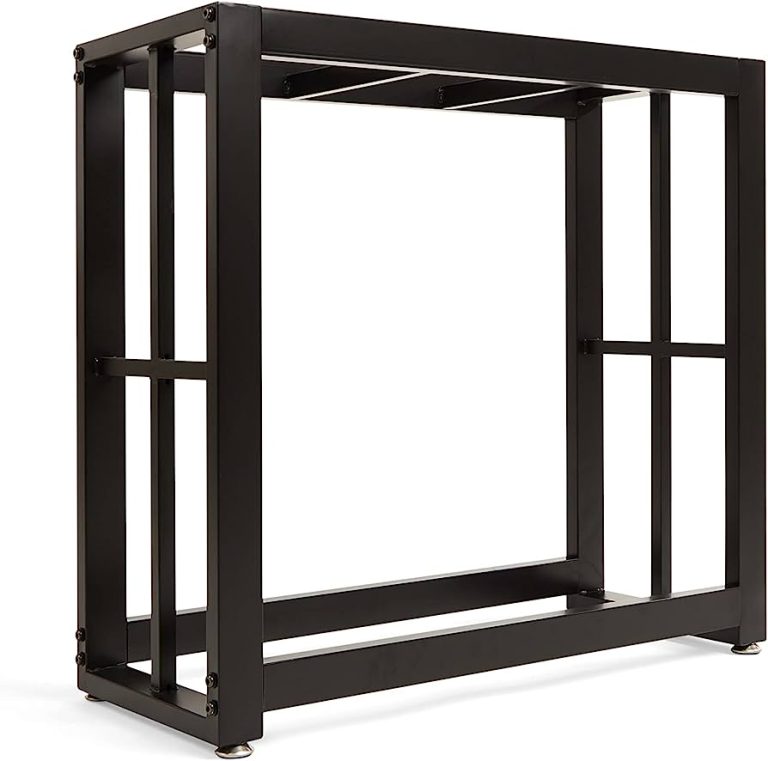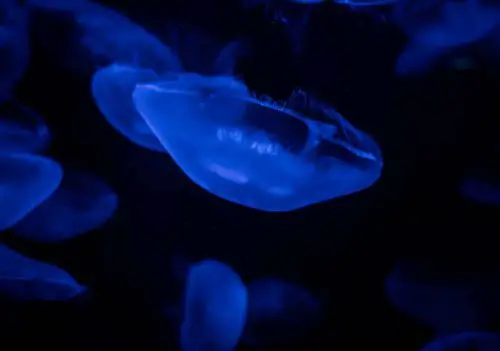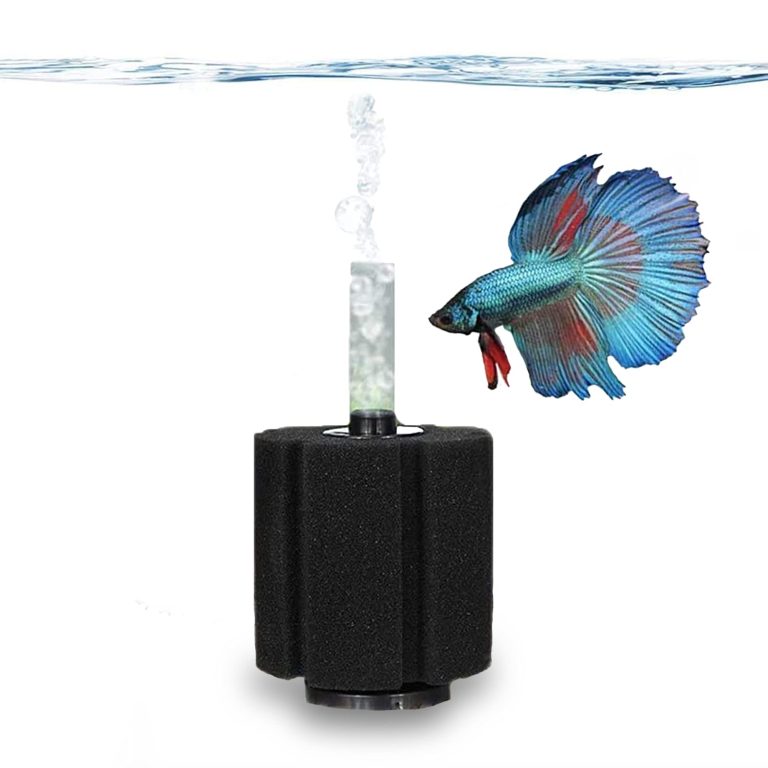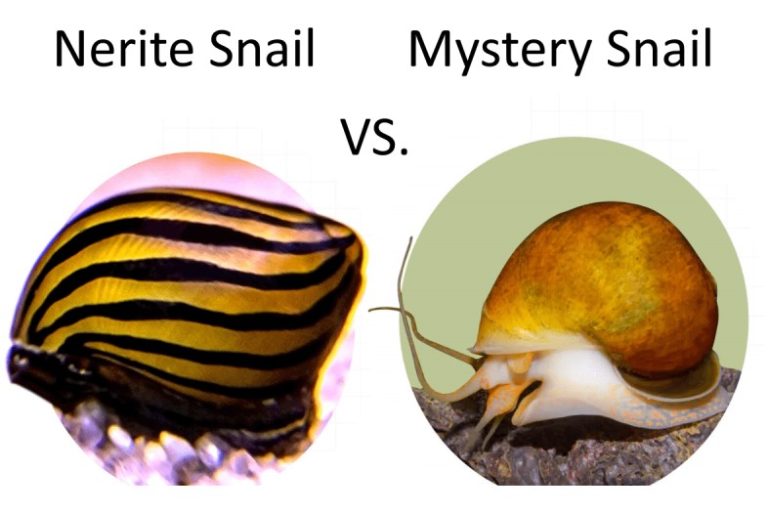Aquarium High Nitrite No Ammonia
Aquarium High Nitrite, No Ammonia: What You Need to Know
High nitrite levels in your aquarium with no ammonia can be dangerous for your fish and other aquatic inhabitants.
Aquarium enthusiasts know that maintaining proper water chemistry is vital for a healthy and thriving ecosystem. Ammonia and nitrite are two common substances that can wreak havoc if they’re not properly balanced in your aquarium.
Ammonia is a byproduct of organic waste, such as uneaten food, decaying plant matter, and fish waste. High levels of ammonia can be toxic to fish and other organisms, leading to stress, illness, or even death. Nitrite, on the other hand, is produced by beneficial bacteria in the nitrogen cycle as they break down ammonia. In established aquariums, nitrite is typically converted into nitrate, which is less harmful.
So, what does it mean when your aquarium has high nitrite levels but no ammonia? Let’s dive deeper into the possible causes and solutions.

Possible Causes of High Nitrite, No Ammonia
Insufficient Biological Filtration
One possible cause is an inadequate biological filtration system. In a healthy aquarium, beneficial bacteria convert ammonia into nitrite, and then into nitrate. If your aquarium has high nitrite levels but no ammonia, it could indicate a lack of these beneficial bacteria. This can happen if the aquarium is relatively new or if the biological filter has been disrupted.
Unbalanced Nitrogen Cycle
Another possible cause is an unbalanced nitrogen cycle. The nitrogen cycle is a crucial process that ensures the conversion of toxic ammonia and nitrite into less harmful nitrate. If there is an imbalance in this cycle, it can result in high nitrite levels even without ammonia. This can occur due to overfeeding, overstocking, or inadequate maintenance routines.
Water Source Contamination
Sometimes, high nitrite levels in an aquarium can be attributed to the water source itself. Tap water treated with chloramine, which is a combination of chlorine and ammonia, can cause high nitrite levels when added to an aquarium. It’s important to dechlorinate tap water before using it in your aquarium to avoid such issues.
Solutions and Precautions
Now that we know the potential causes, let’s explore some solutions and precautions you can take if you find yourself dealing with high nitrite levels and no ammonia in your aquarium.
Check Water Parameters
Start by testing the water parameters using a reliable aquarium test kit. This will help you determine the exact nitrite and ammonia levels in your aquarium. It’s important to get accurate readings to make informed decisions.
Perform Partial Water Changes
If your nitrite levels are too high, consider performing partial water changes. This involves removing a portion of the water in your aquarium and replacing it with fresh, dechlorinated water. This can help dilute the nitrite concentration and bring it within safe limits.
Enhance Biological Filtration
To address insufficient biological filtration, consider introducing or enhancing the population of beneficial bacteria in your aquarium. This can be done by adding a bacterial supplement or using filter media specifically designed to promote the growth of these bacteria. Additionally, avoid cleaning your filters too thoroughly, as it can remove beneficial bacteria.
Review Feeding and Maintenance Practices
Reevaluate your feeding and maintenance routines to ensure you’re not overfeeding your fish or overstocking your aquarium. Excess waste can lead to increased ammonia production, which can disrupt the nitrogen cycle. Regular water changes, proper cleaning practices, and monitoring fish population can help maintain a balanced ecosystem.
Consider an Ammonia-Neutralizing Agent
If your aquarium’s water source contains chloramine, you can use an ammonia-neutralizing agent specifically designed to remove both chlorine and ammonia. These products help ensure that your aquarium water is free from harmful substances and can help maintain a healthy nitrogen cycle.
Frequently Asked Questions
Q: Can high nitrite levels be harmful to fish, even without ammonia?
Yes, high nitrite levels can be harmful to fish, even without ammonia. Nitrite is toxic to fish and can affect their oxygen-carrying capacity, leading to stress and illness. Monitoring and controlling nitrite levels are crucial for the well-being of your aquatic inhabitants.
Q: How long does it take for beneficial bacteria to establish in a new aquarium?
Establishing beneficial bacteria in a new aquarium can take several weeks. This process is known as “cycling” and involves the growth and colonization of these bacteria. Regular monitoring of water parameters during the cycling process is essential to ensure a safe environment for your fish.
Q: What are the signs of high nitrite levels in an aquarium?
Some signs of high nitrite levels in an aquarium include fish gasping for air at the water surface, lethargy, loss of appetite, red or irritated gills, and unusual swimming behavior. If you notice these symptoms, it’s crucial to test the water parameters and take appropriate action.
Final Thoughts
Balancing ammonia and nitrite levels in your aquarium is vital for the health and well-being of your aquatic inhabitants. High nitrite levels without ammonia indicate an imbalance in the nitrogen cycle or insufficient biological filtration. By monitoring water parameters, performing regular maintenance, and taking appropriate corrective measures, you can create a safe and thriving aquarium environment for your beloved fish and other aquatic organisms. Remember, a healthy aquarium is a happy aquarium!
